What would personnel on Kwajalein do if our hospital collapsed' Or was struck by a typhoon' On July 12, visiting Col. John Albano arrived at Kwajalein Atoll - in part - to figure out just that.
His mission was to improve both the physical and administrative work environments so that both the medical and range communities can exercise their respective trades without barriers or distractions.
Albano plans to factor in the uniqueness of the Kwajalein community and its mission, and to pursue the new paradigm in which the Army goes to war with not only Soldiers, but also Department of the Army civilians and contractors.
Albano is not only an Army flight surgeon, he also has a medical degree from the University of South Dakota School of Medicine, a Master of Public Health from the University of Texas School of Public Health and Aerospace Medicine Training at Brooks Air Force Base.
Over the past 23 years, he has worked with aircrew protection, disaster medicine, space operations fundamentals, and Army systems health hazard analysis, among other things. Most importantly for USAKA/RTS, Albano is also the first-ever Command Surgeon at the U.S. Army Space and Missile Defense Command/Army Forces Strategic Command.
His background and new authority allows him to determine strengths and weaknesses and recommend out-of-the-box solutions for a more efficient delivery of medical care on the atoll.
To that end, Albano spent more than a week on his initial visit to Kwajalein Atoll. He arrived on July 12 with the intention of visiting nearby hospital facilities to determine what level of care they offered, whether a solution could be proposed that will help to facilitate successful navigation through current policies, regulations and business practices, and determine what our options would be if a disaster did occur.
During his visit to the Leroij Kitlang Memorial Hospital on Ebeye, Albano was also joined by USAKA personnel Steven Gauthier, Mike Sakaio and Chief Warrant Officer Peter Dancy.
Also joining the group were Mailynn Lang, the Public Health Care Administrator in Majuro, and Centers for Disease Control and Prevention representatives Nancy Fasano and Allison Bybee.
Fasano works specifically with the National Immunizations Program. Bybee attends Yale and is interning for CDC via a program affiliated with her school. Bybee is currently assigned in Majuro with Lang, but traveled to Kwajalein to visit facilities around the atoll. Tommy Milne, the administrator of the Ebeye Hospital, was the group's guide for the visit to Ebeye.
Now that the tours are complete, Albano stated that he fully intends to engage 'the system' in order to achieve a positive resolution that will help to provide increased medical support for the Kwajalein community, including the construction of a new hospital facility.
Although he was not yet able to disclose the details of his plan of attack, Albano admits that the effort will be consuming. In the meantime, Albano states that funds have been reserved for the repair of the current hospital until a new hospital can be built.
Albano confirmed that USASMDC/ARSTRAT is committed to provide Kwajalein a new hospital and that the entire work force is given access to the full spectrum of medical care. The fact that USASMDC/ARSTAT authorized a first-ever command surgeon is evidence of that commitment.
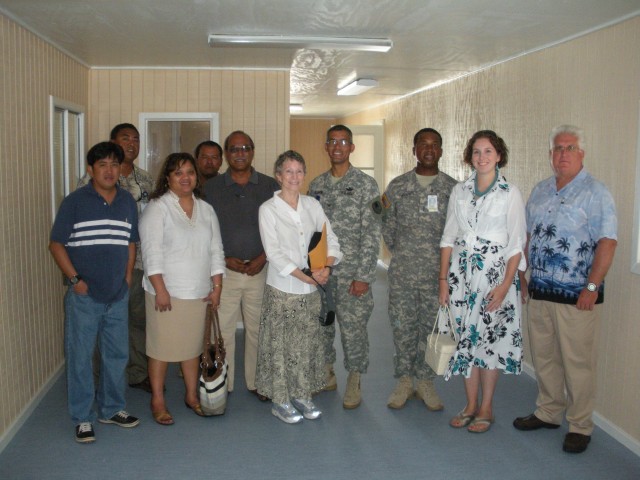
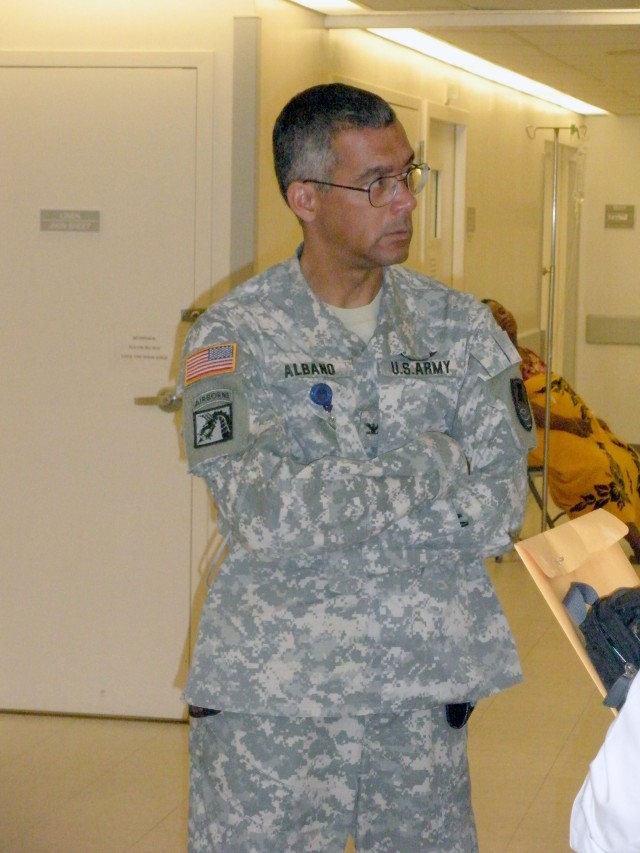
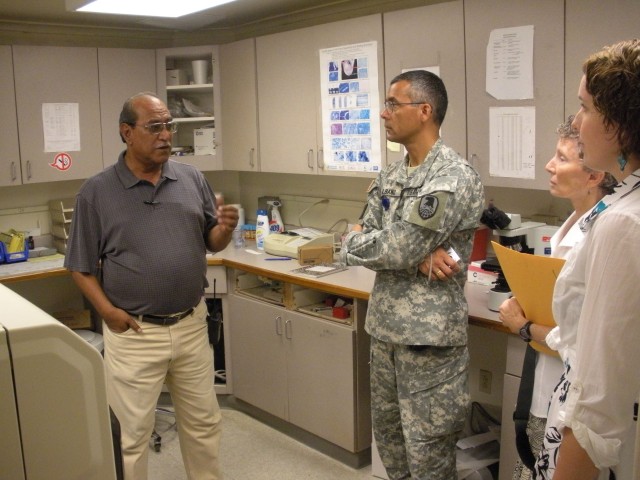
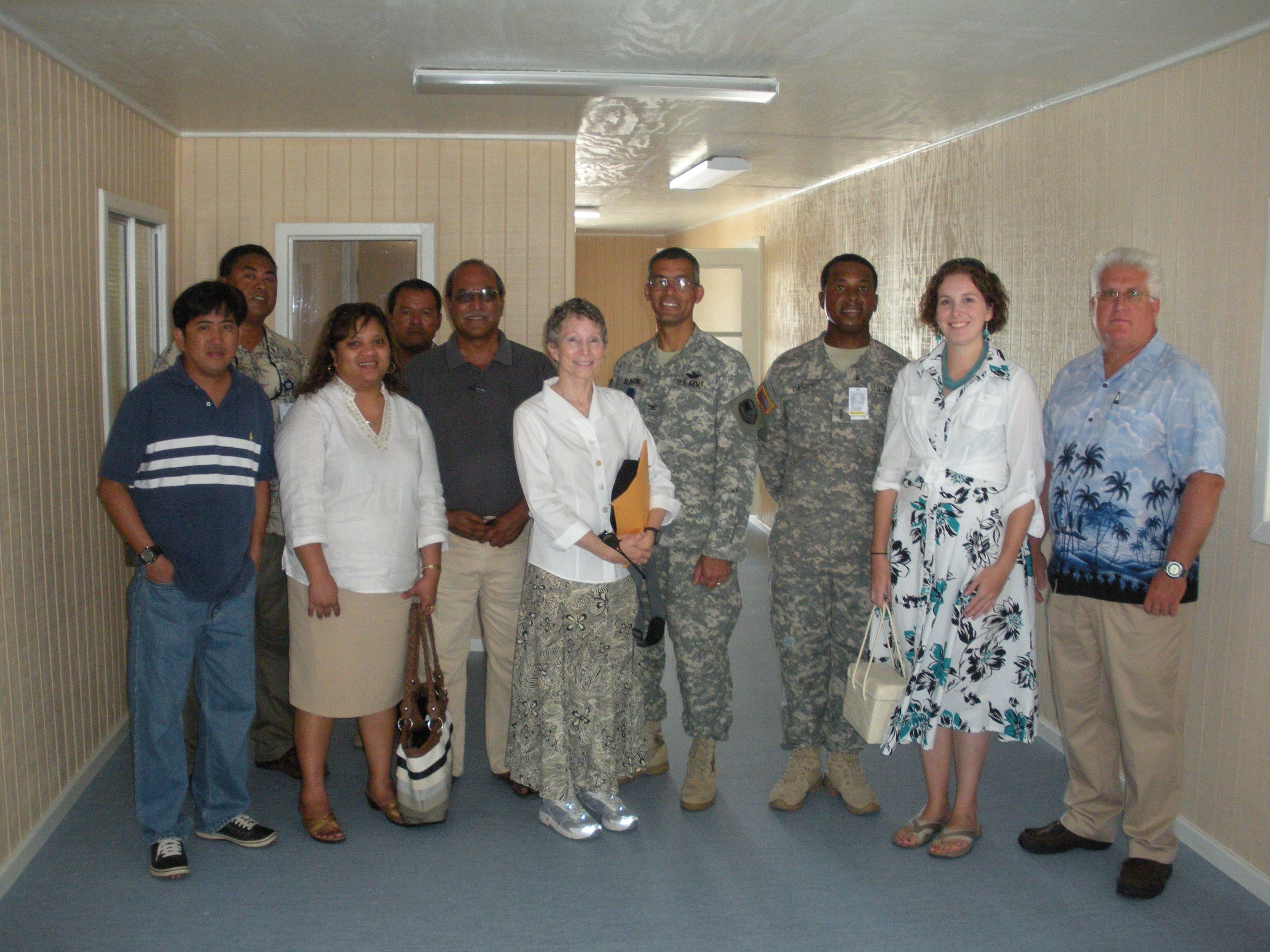
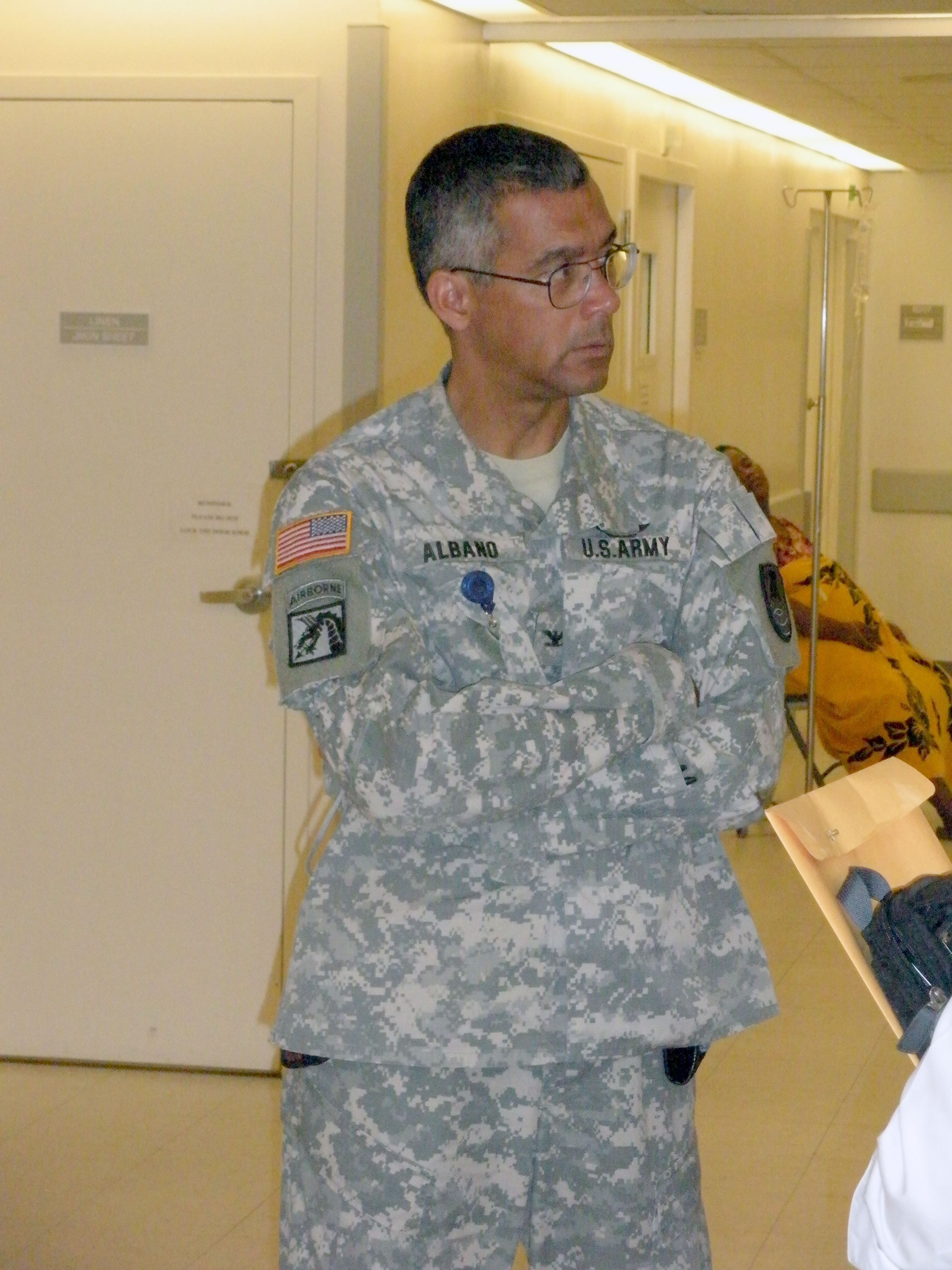

Social Sharing